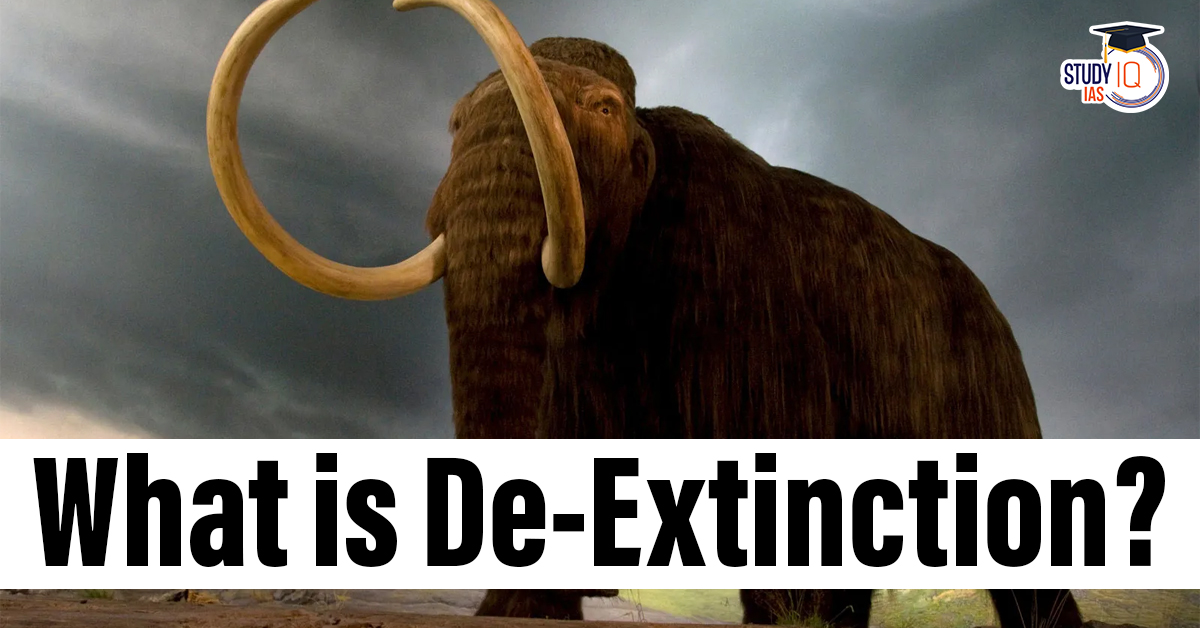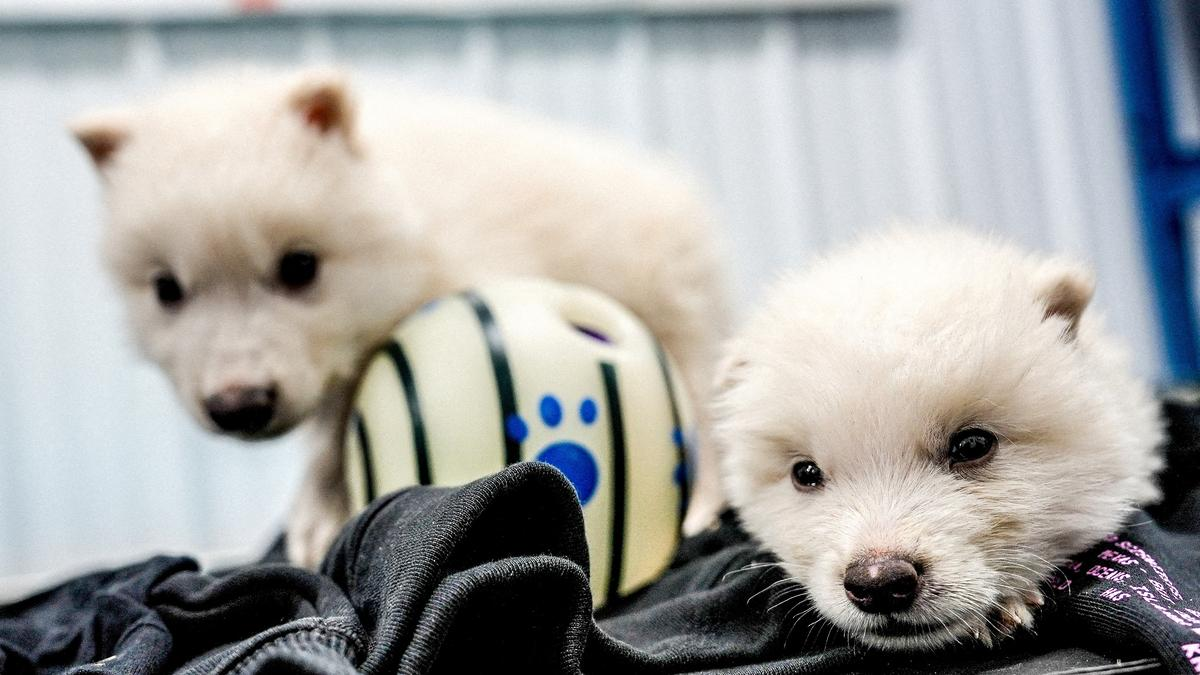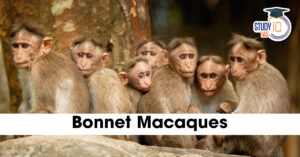Table of Contents
Context: Recently, Colossal Biosciences, a Texas-based biotechnology company, announced the birth of three dire wolf pups.
What is De-Extinction?
- De-extinction is the process of reviving extinct species using technologies like:
- Gene editing (e.g., CRISPR)
- Cloning
- Cross-breeding with modern relatives.
- Colossal’s De-extinction Targets: Woolly mammoth, Thylacine (Tasmanian tiger) & Dodo.
How was it done?
- Scientists edited the genome of gray wolves at 20 loci (specific genome locations) across 14 genes.
- These embryos were then implanted into surrogate dog mothers, leading to the birth of the pups.
- The edits were cosmetic, aiming to replicate the dire wolf’s appearance, not its behaviour or full biology.
- Only 02% of the genome was modified — far from a full recreation of the dire wolf genome.
- Genetically, the pups are gray wolves with minor cosmetic modifications.
Why is De-Extinction Controversial?
Scientific Concerns
Reintroducing extinct animals into ecosystems may:
- Disrupt existing biodiversity
- Harm modern ecosystems not adapted to support them.
Habitat Change Over Millennia
Ancient habitats that supported species like the dire wolf:
- Had a different climate, prey species and plant communities.
- Modern landscapes are fragmented and human-altered.



 Bonnet Macaques: Habitat, Features, Beha...
Bonnet Macaques: Habitat, Features, Beha...
 Periyar Tiger Reserve, Map, Flora, Fauna...
Periyar Tiger Reserve, Map, Flora, Fauna...
 Project Cheetah in India, Objectives, Ch...
Project Cheetah in India, Objectives, Ch...




















